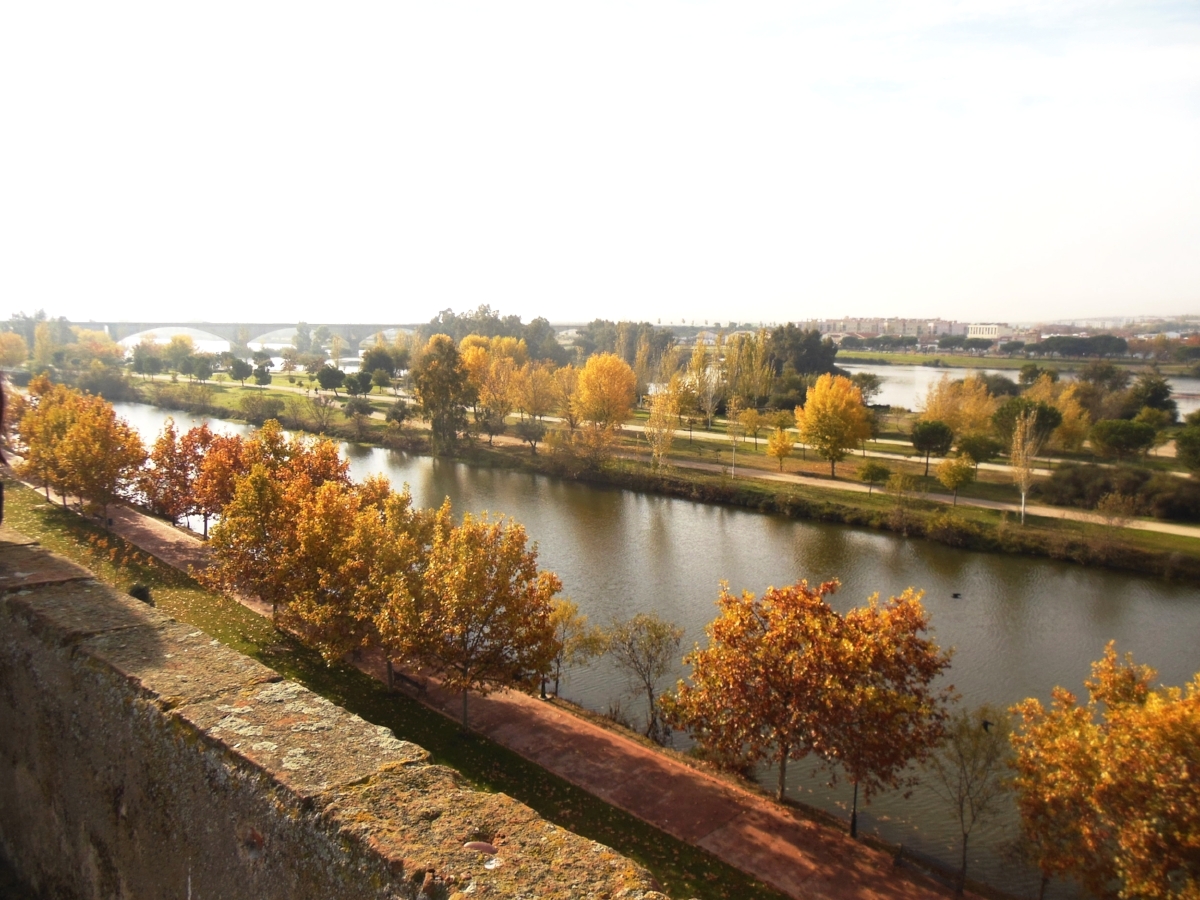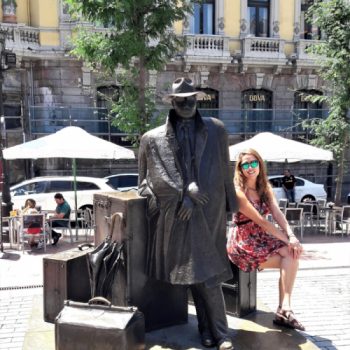
What you need to know about Mérida
Mérida, Extremadura
Transport options to arrive: Bus, Plane, Train, or Car
Mérida can be a bit tricky to reach depending on where you are coming from, your budget, and the amount of time you want to invest in getting there. Although Mérida is the capital of the autonomous community of Extremadura, the nearest airport is in Badajoz, approximately 45 minutes away by car. Still, flights from major hubs like Madrid and Barcelona can be impossible to find. Your best bet is typically a bus or train, which can be affordable (between 19-40€ for Madrid-Mérida, for example) but often a long journey. Alternatively, driving gives you ultimate control over your timeline.

Recommended time of year to visit and length of visit: Autumn or Spring, 2-3 days
Mérida is lovely, with generally good weather, but the summers can get quite hot and dry (sometimes exceeding 40°C/104 °F) and the winters, specifically November and December, can be wet and foggy—both of which may prevent optimal conditions for enjoying all of the outdoor treasures. While you could easily spend longer, two or three days will give you the perfect amount of time to see most of the city’s main attractions.

Fun Fact: Despite Extremadura being one of the most overlooked communidades when it comes to tourism, Mérida has SO much to offer in terms of interesting history, dating back to prehistoric times! The city was founded in 25 BC and continued to be one of the most important cities of practically every time period, playing an important role for the Romans, Visigoths, Muslims, Christians, and Nationalists during the Spanish Civil War.
Top three must-sees:
 1. Puente Romano: This beautiful Roman bridge leading into the city center, crossing the Río Guadiana, is not only incredibly photogenic and fun to walk across, but it is also the longest Roman bridge in existence. As if that doesn’t make the bridge cool enough, it’s annexed to a Moorish fortress, or alcazaba, as well as walls and other constructions from the Roman and Visigoth periods.
1. Puente Romano: This beautiful Roman bridge leading into the city center, crossing the Río Guadiana, is not only incredibly photogenic and fun to walk across, but it is also the longest Roman bridge in existence. As if that doesn’t make the bridge cool enough, it’s annexed to a Moorish fortress, or alcazaba, as well as walls and other constructions from the Roman and Visigoth periods.
2. Acueductos de los Milagros: Believed to have first been constructed in the first century, what remains of this incredible aqueduct was once just one of three in the aqueduct system built to provide the city of Mérida with water from the Lago de Proserpina reservoir. The mere size of the structure is breathtaking by day and, if visited on a foggy day or at dusk, is almost eerie in its solitude
 3. Monuments on the “Historical-Archaeological Ticket”: Walking through the archaeological remains of the Roman Forum, Roman Amphitheater, Roman Theater, Moorish Alcazaba, and beyond is truly a journey through history. The best part is that you can use the same ticket (the “Historical-Archeological Ticket,” cost = 15€, 7.5€ for students) for access to all six of these main monuments over a period of several days! No need to rush through, simply plan the tour that makes most sense for your schedule and you’re set. Just be sure to consult the open hours to avoid any mishaps. More details can be found on the official site.
3. Monuments on the “Historical-Archaeological Ticket”: Walking through the archaeological remains of the Roman Forum, Roman Amphitheater, Roman Theater, Moorish Alcazaba, and beyond is truly a journey through history. The best part is that you can use the same ticket (the “Historical-Archeological Ticket,” cost = 15€, 7.5€ for students) for access to all six of these main monuments over a period of several days! No need to rush through, simply plan the tour that makes most sense for your schedule and you’re set. Just be sure to consult the open hours to avoid any mishaps. More details can be found on the official site.
One thing to eat: Ajoblanco
This cold soup is somewhat similar to a Spanish gazpacho (although it lacks gazpacho’s main ingredient: tomato) and is also very popular in Extremadura as well as Andalucía. It’s made from a combination of bread, ground almonds, garlic, olive oil, water, and sometimes vinegar. It is served cold and typically garnished with green olives or melon.




